Decoding Data: How to Identify Representative, Random, and Biased Samples
Hello to all budding data scientists out there!
Today, we are stepping into the intriguing world of data sampling. A crucial step in any research or statistical analysis, sampling is the process of selecting a subset of individuals from a larger population to understand the characteristics of the entire group. Our focus will be on three types of samples – representative, random, and biased – each serving different roles in the world of statistics. For additional educational resources,. For additional educational resources U.S. Department of Education website.
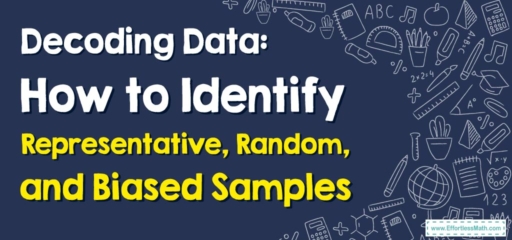
For education statistics and research, visit the National Center for Education Statistics.
1. Understanding Representative Samples
A representative sample is a small quantity of something that accurately reflects the larger entity. In other words, it’s a mini version of the population it represents. An example of a representative sample would be a group of students chosen from every grade level in a school to measure the school’s overall performance. For additional educational resources,. For education statistics and research, visit the National Center for Education Statistics.
2. Discovering Random Samples
A random sample is a subset of a statistical population in which each member has an equal chance of being chosen. This type of sampling is the purest form of sampling as it reduces bias to the greatest extent possible. For example, choosing \(5\) students randomly from a class to know their average height would be a random sample. For additional educational resources,. For education statistics and research, visit the National Center for Education Statistics.
3. Recognizing Biased Samples
Biased samples are not fair representations of a population. They are samples that are selected in such a way that they include more of a certain type of individual than others, and hence result in a biased view of the population. An example would be selecting only the first five students entering a school to represent all the students’ heights. Those arriving early might be older students, hence skewing the results towards taller heights. For additional educational resources,. For education statistics and research, visit the National Center for Education Statistics.
Step-By-Step Guide to Identifying Representative, Random, and Biased Samples
Understanding these concepts is one thing, but how do we apply them in real life? Let’s go through a step-by-step guide to identifying these samples. For additional educational resources,. For education statistics and research, visit the National Center for Education Statistics.
Step 1: Understand the Purpose of the Study
Understanding what the study aims to uncover is crucial in determining what type of sample you’re dealing with. If it’s to understand a specific subgroup’s behavior, a biased sample might be used. If it’s to understand the entire population, a representative or random sample is more likely. For additional educational resources,. For education statistics and research, visit the National Center for Education Statistics.
Step 2: Look at the Selection Process
- For a representative sample, selection involves carefully choosing individuals who best represent the entire population’s diversity. If your sample includes a diverse group of people representing different groups from the entire population, it’s likely a representative sample.
- Random samples involve everyone in a population having an equal chance of being selected. If selection looks like drawing names from a hat (each name written once), you’re likely dealing with a random sample.
- For biased samples, selection favors a particular group. If the selection process includes only a specific group from the population (e.g., only people with glasses), it’s likely a biased sample.
Step 3: Examine the Results
The results can also give clues about the type of sample. If results heavily favor one perspective or if a certain group is overrepresented, you might be dealing with a biased sample. If the results seem balanced and reflect the diverse views of the entire population, a representative or random sample was likely used. For additional educational resources,.
And there you have it! Being able to identify these different types of samples is an important skill in the world of statistics and can help you better understand the world around you. So the next time you read a study or survey, think about what type of sample was likely used! For additional educational resources,.
Remember, practice makes perfect, so keep exploring and questioning the world of data around you!
Related to This Article
More math articles
- How to Graph Inverse of the Sine Function?
- Understanding How to Use Debit and Credit Cards for Payments
- How to Write Linear Functions Word Problems
- FREE OAR Math Practice Test
- Full-Length 7th Grade GMAS Math Practice Test-Answers and Explanations
- 8th Grade Georgia Milestones Assessment System Math Worksheets: FREE & Printable
- Top 10 6th Grade PSSA Math Practice Questions
- Why Math Matters in Your Future IT Career?
- How to Write Best Fit Line Equations
- 5th Grade WVGSA Math Worksheets: FREE & Printable

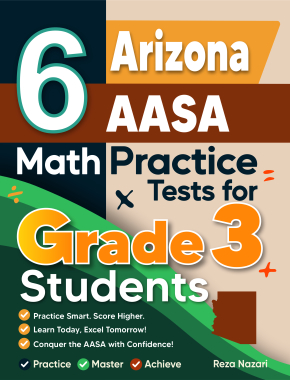






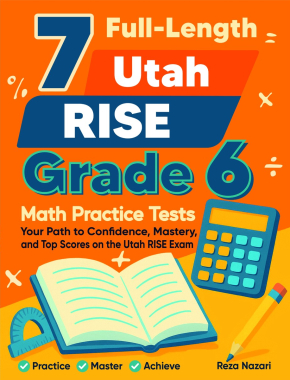



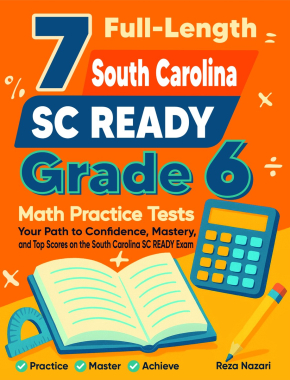
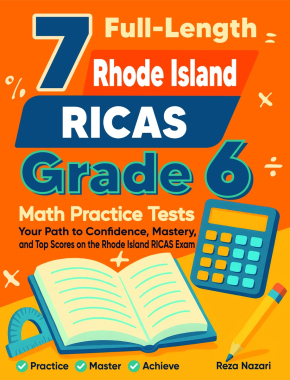

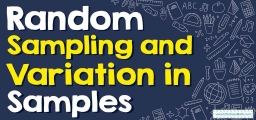

What people say about "Decoding Data: How to Identify Representative, Random, and Biased Samples - Effortless Math: We Help Students Learn to LOVE Mathematics"?
No one replied yet.